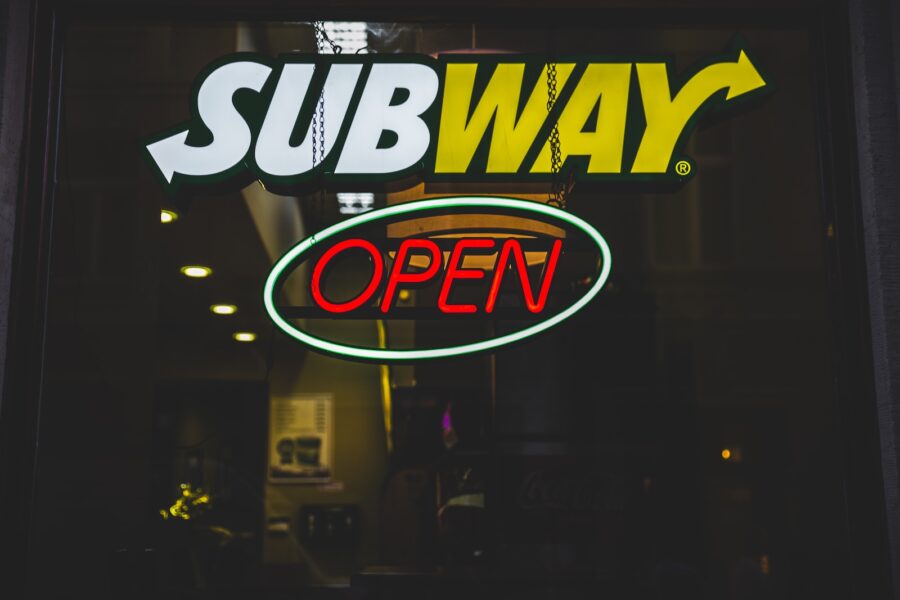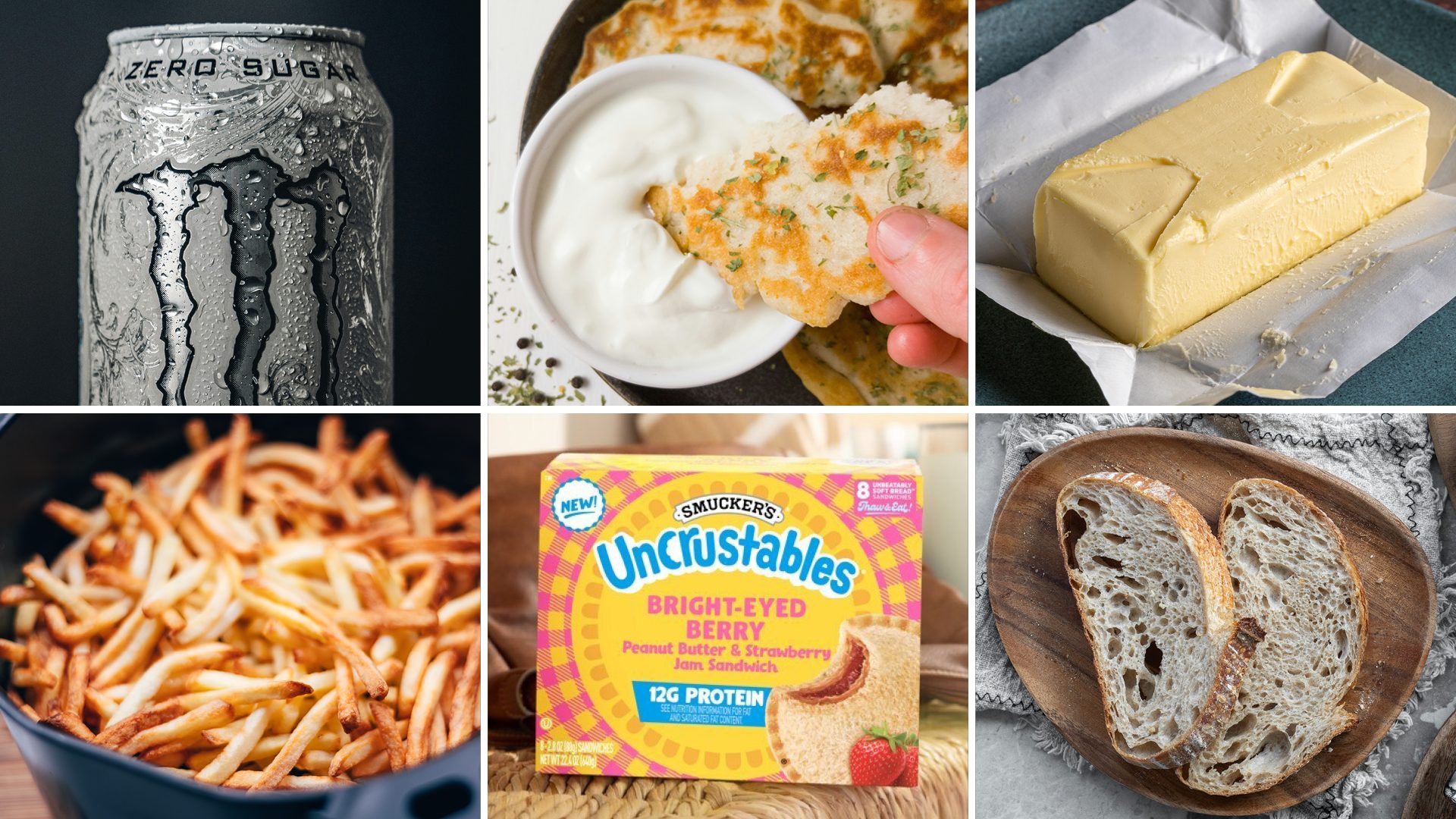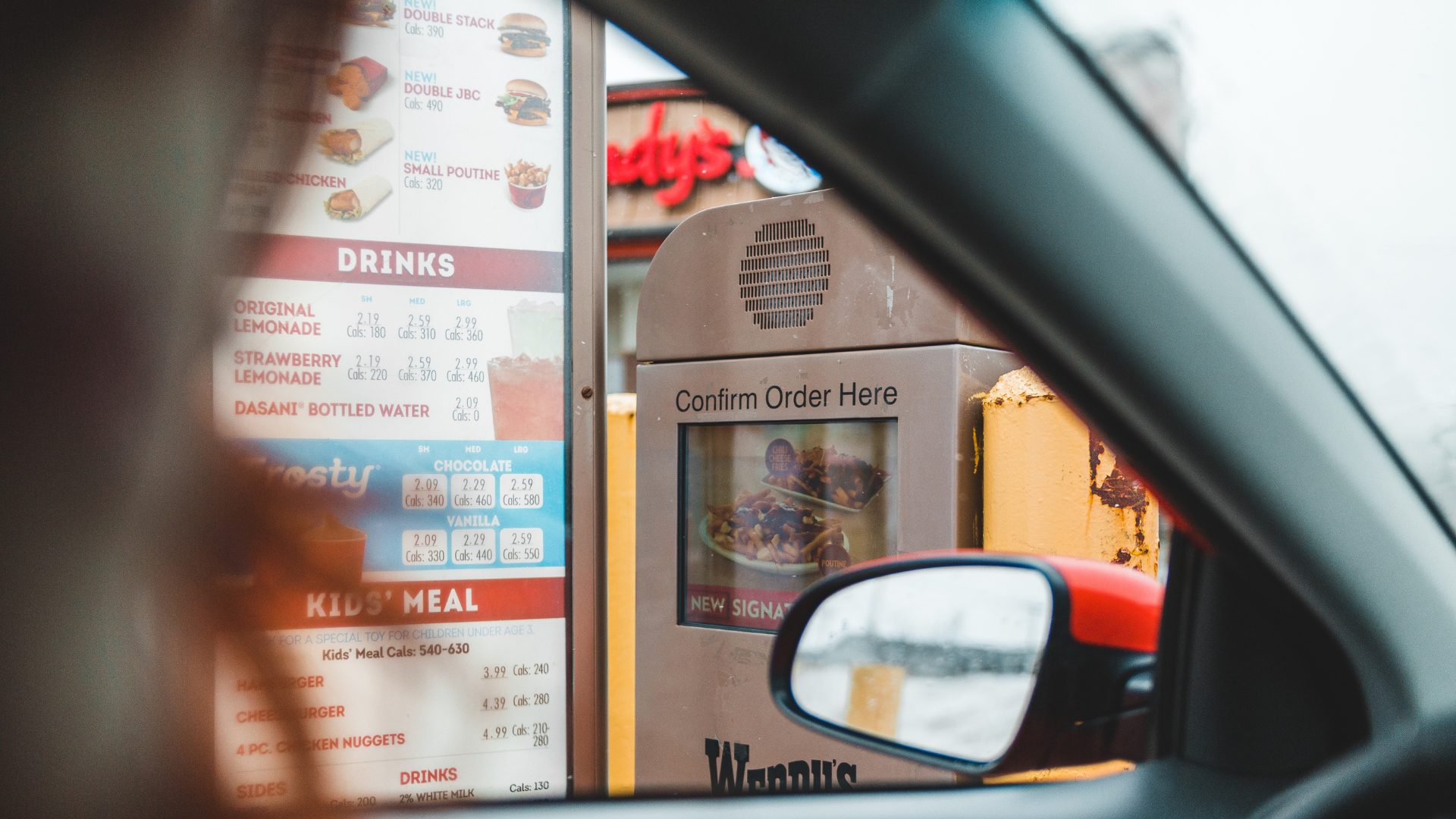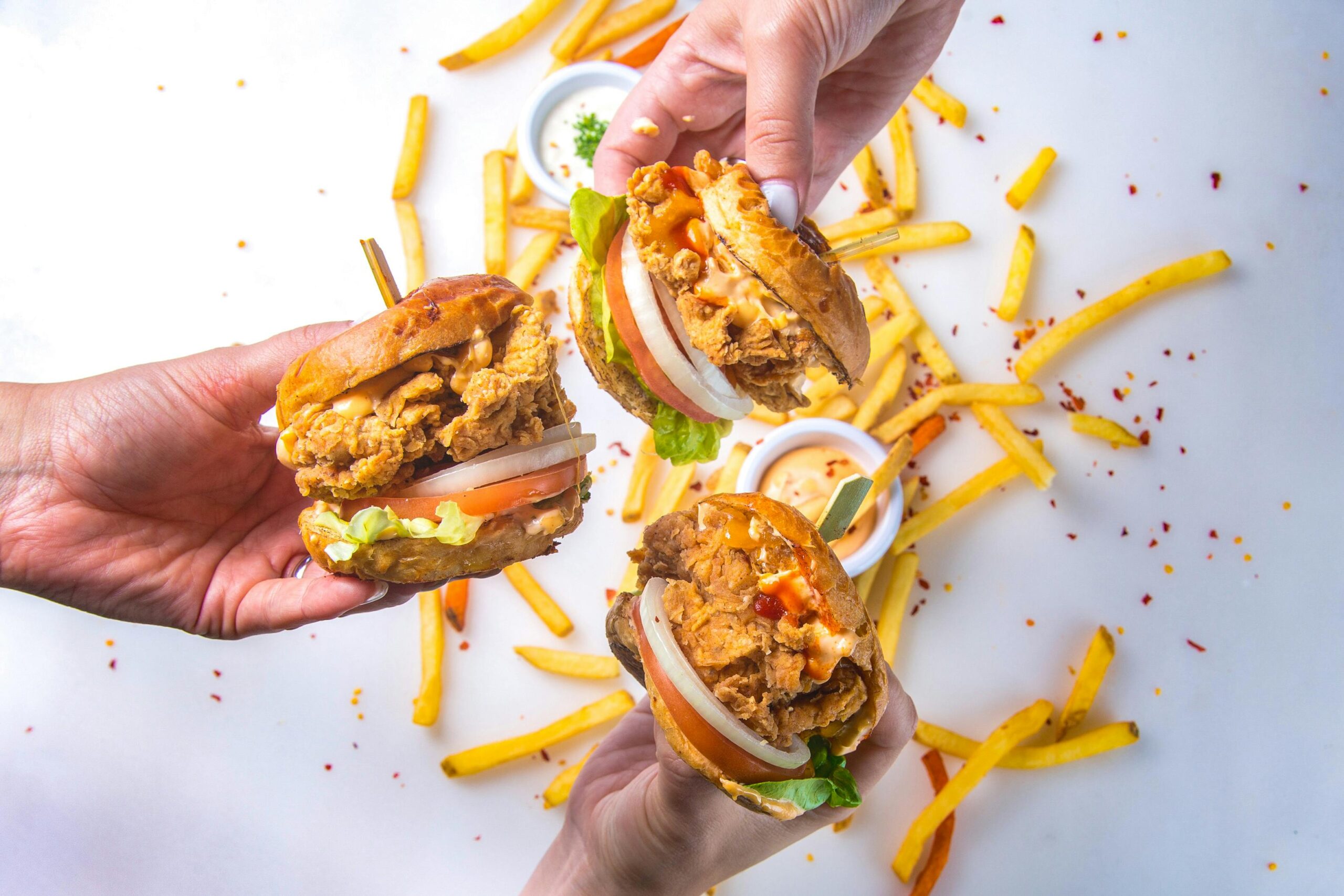Subway is still up for sale, but just who is capable of buying one of the largest restaurant systems in the U.S.?
According to a recent CNBC report, the bankers running the chain’s sale process have given the private equity firms vying to acquire the sandwich chain a $5 billion acquisition financing plan. This plan would help to overcome a challenging environment for leveraged buyouts and fetch the asking price of $10 billion.
Despite the plan, the company may face a dearth of buyers, according to Bruce Reinstein, a partner with food industry advisory Kinetic12.
“A buyer would have to be someone with deep pockets considering they are the largest operator in the industry. They are also a franchise-based company. There will be much more interest if their financials show that their new upgrades are driving greater profitability,” he said in an e-mail to The Food Institute.
Declining Store Counts an Indicator of Trouble
When a company closes more than 570 locations in a year, most would view it as a failure. For Subway, though, this figure represents an improvement from 2021 and 2020 when it shed 1,000 stores and 1,690 stores, respectively.
That’s according to a Reuters report which focused on the latest disclosure document provided to franchisees who are interested in buying locations. The report noted the company had 20,576 U.S. shops at the end of 2022; this was down from the 26,772 in the U.S. in 2016.
Of note, the chain encountered some issues with franchisees in 2021 as it deployed a new contract.
“No concepts last forever and that is especially true for Subway. Despite all the celebrity endorsements, Subway has been a falling knife that continues to fall, which is why it is for sale,” said Fransmart founder and CEO Dan Rowe in an e-mail to The Food Institute.
There is some positive news for new units with the company as Subway announced agreements with five new multi-unit restaurant franchisees, according to Restaurant Business. The five groups comprise more than 230 restaurants located in Texas, Florida, Arizona, and the mid-Atlantic region.
When asked about the new operators, Reinstein noted the success of existing locations will influence growth as represented by new franchise deals.
“They are making innovative changes and this will affect franchisees. The question whether it will be positive or negative. If positive, their goal can be met,” he said.
“There are too many locations. The low volumes back each store’s owner into a corner where they can only afford a small staff which in turn governs the store’s performance,” Rowe added.
Electric Vehicle Charging, Vending Machines, and the Kitchen Sink
Since CEO John Chidsey took over in 2021, the company has been working to execute on turnaround plan that included a refreshed menu and athlete-heavy marketing to bring customers back to the brand.
These plans also included a new program to develop electric vehicle charging stations as “EV Charging Oasis” parks, and even a smart fridge-enabled automated business under the “Grab & Go” banner.
When asked about the vending machine model, Reinstein was skeptical.
“Everyone is trying to add revenue through different means. Going into vending machines is all about convenience. It goes completely against what they are trying to do with upgrading their quality,” he said.
Rowe was more open to the vending machine model.
“The Subway vending machine is probably more congruent with customer perception so that might be a more worthwhile expansion strategy than continuing to encroach on existing stores and trying to compete with better sandwich concepts like Ike’s Love and Sandwiches, Jimmy John’s, and Jersey Mikes,” he said.
The Food Institute Podcast
Click the play button above to listen to the episode.
How did a small sub shop from Point Pleasant, New Jersey, grow into a 2,400-store operation across 50 states? Jersey Mike’s Franchise Systems Inc. senior vice president Caroline Jones shares the company’s evolution after deciding to franchise the concept in 1987. Additionally, Jones shares stories of growing up in the business, and how the company’s philanthropic efforts help to endear franchise locations to each community they serve.












